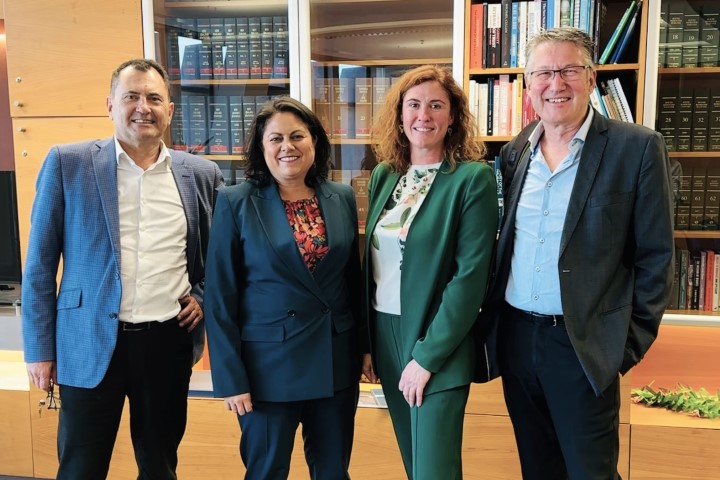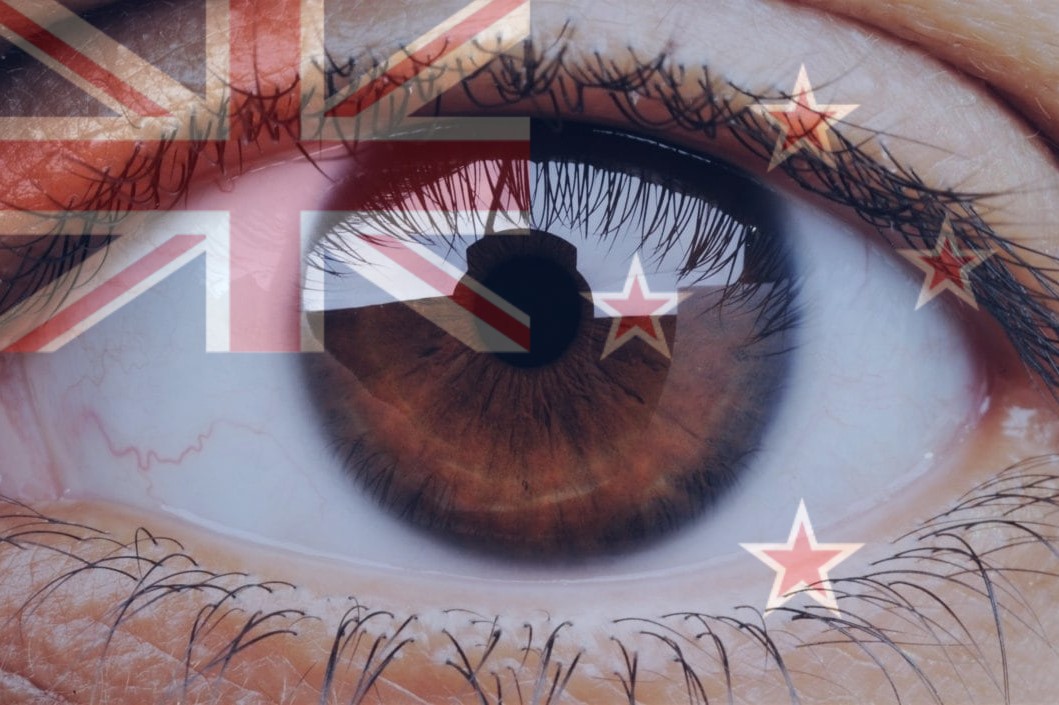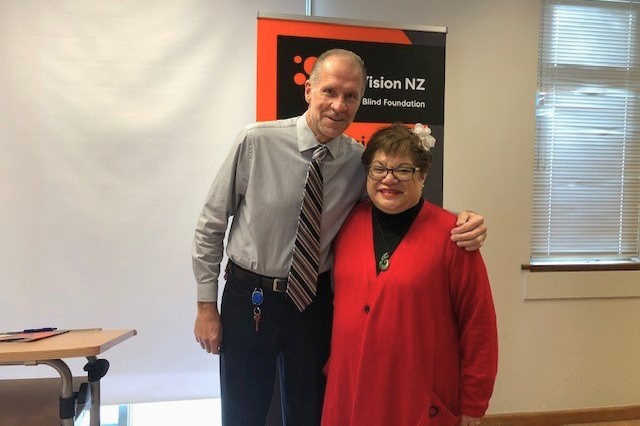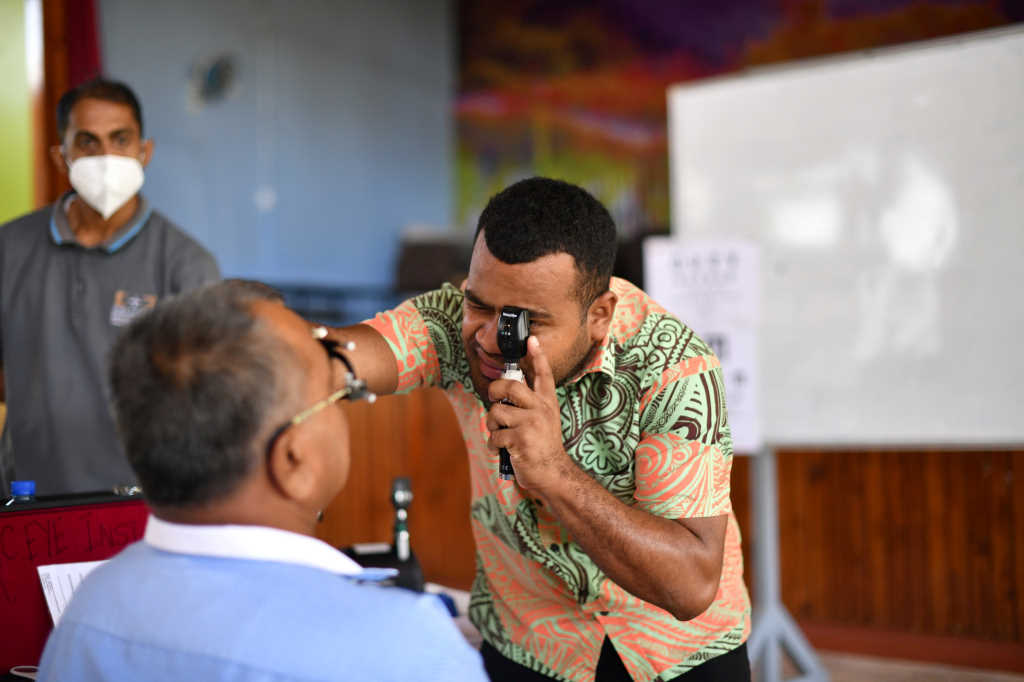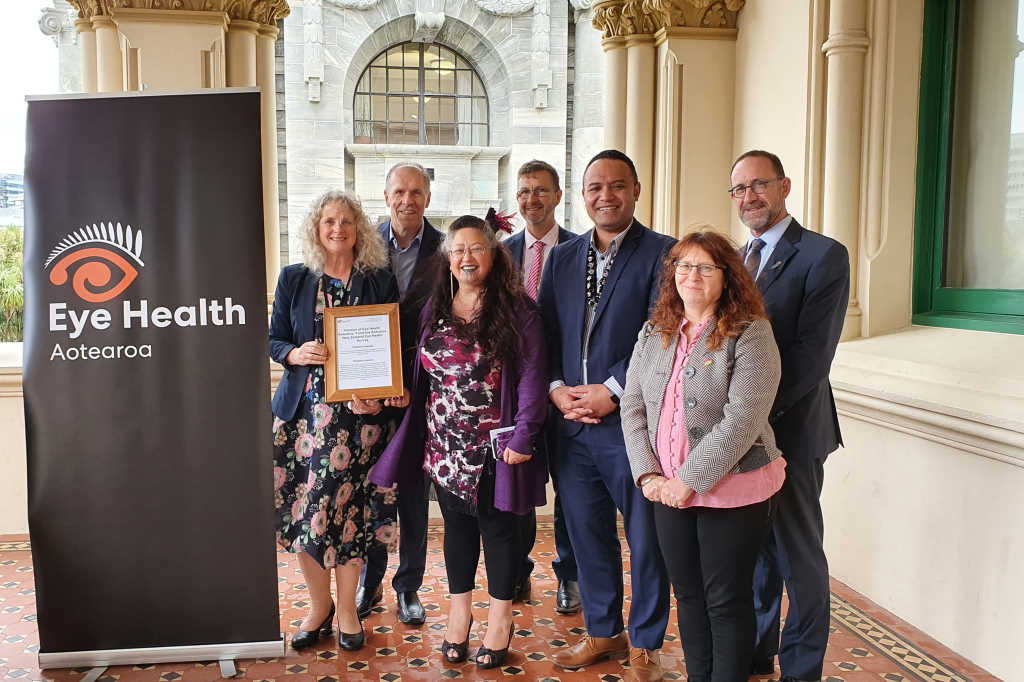RANZCO Vision 2030: providing better vision care in Aotearoa
New Zealand’s eyecare world and everyone else who cares about the eye health of New Zealanders are being urged to review and contribute to the Royal Australian and New Zealand College of Ophthalmologists (RANZCO’s) national eye health plan to reduce the number of Kiwis needlessly going blind.
Heralded at the main RANZCO meeting in Brisbane last year and officially launched at the New Zealand branch meeting in Wellington in early May, RANZCO’s Vision 2030 and beyond, Aotearoa is now available for public consultation. More than a year in the planning, the New Zealand Vision 2030 plan is being led by Drs Justin Mora and Sarah Welch, supported by the newly appointed RANZCO NZ chair Dr Liz Insull and more than 20 other Kiwi ophthalmologists. The aim: to provide timely and equitable access to eye healthcare services for all New Zealanders, regardless of postcode, ethnicity or income to eliminate avoidable blindness.
“Aotearoa has no national vision plan nor the means to execute one. Vision 2030 and beyond will change this,” said RANZCO in a statement. “New Zealand’s population is aging and the demand on eye health services continues to increase rapidly. Waitlists continue to grow. Manageable eye conditions are left untreated because patients cannot access care. These only become less manageable with time. The need for change is even more acute for many Māori and Pasifika communities, who historically have suffered major inequities in care and consequently poorer vision outcomes.”
Key Vision 2023 NZ team members have already started stakeholder discussions, said the organisation, meeting with health minister Dr Ayesha Verrall prior to the Wellington launch. “Vision 2030 defines the barriers to equitable access to eye healthcare for all people in Aotearoa… and outlines an ambitious plan of work to remove these barriers,” said Dr Insull. The plan provides a framework for delivering eyecare in Aotearoa and is designed to be collaborative, proactive, comprehensive and sustainable, she said.
Eighty percent of vision loss is preventable if it is identified and treated in time, said Dr Welch at the launch in Wellington. Not only are the quality of life benefits immeasurable the economic impact of moderate to severe vision loss is huge, estimated at $3.74 billion in New Zealand. The Vision 2030 NZ plan has six key focus areas:
- Service delivery, including increased local clinics and collaborative care with allied health professionals; a universal national CPAC cataract threshold score of 46; a means-tested biennial eye health check from age 65 and from age 55 for Māori and Pasifika; and a National Eye Health Survey to ensure accurate information about the degree of need
- Workforce and training, designed to make regional work more attractive
- Māori and Pasifika healthcare, as defined in ‘Te Tiriti Action Plan for Māori Eye Health Equity’ and the ‘Pasifika Eye Health Action Plan’
- Global eye health, to support Pacific Island nations
- Preventative healthcare, to support surveillance and screening programmes (outlined in detail in the ‘Service delivery’ section of the report) and to encourage regular eye health checks, particularly among at-risk populations
- Sustainability, supporting more local initiatives and working with ophthalmic device companies to reduce waste and increase equipment re-use
Vision 2030 and beyond is a work in progress, said Dr Welch, calling on people to read it and provide feedback to help make its aims a reality










